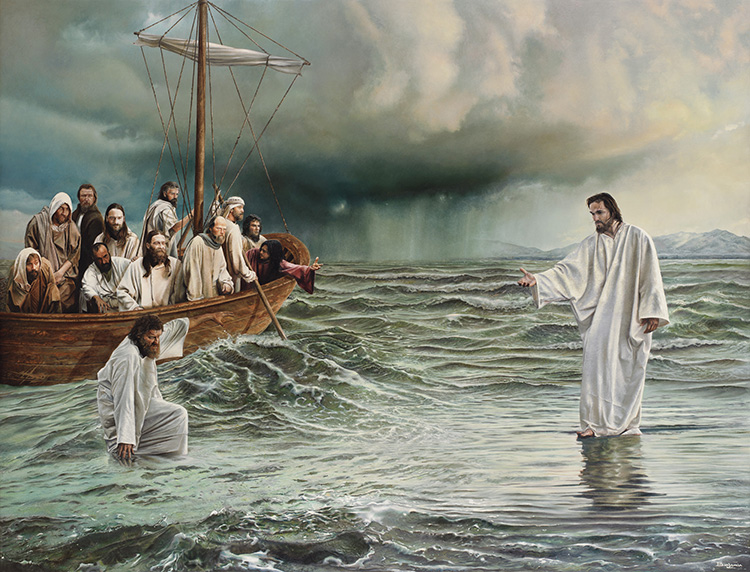Again, Rawlinson, evidently following Max Muller, says: “The early history of the Aryans is for many ages an absolute blank.” But many learned Brahmans, however, have declared that they found trace of the existence of the Vedas as early as 2100 B.C.; and Sir William Jones, taking for his guide the astronomical data, places the Yagur-Veda 1580 B.C. This would be still “before Moses.”
It is upon the supposition that the Aryans did not leave Afghanistan for the Punjab prior to 1500 B.C. that Max Muller and other Oxford savants have supposed that portions of the Old Testament may be traced back to the same or even an earlier date than the oldest hymns of the Veda. Therefore, until the Orientalists can show us the correct date at which Zoroaster flourished, no authority can be regarded as better for the ages of the Vedas than the Brahmans themselves.
Page 434
As it is a recognized fact that the Jews borrowed most of their laws from the Egyptians, let us examine who were the Egyptians. In our opinion — which is but a poor authority, of course — they were the ancient Indians, and in our first volume we have quoted passages from the historian Collouca-Batta that support such a theory. What we mean by ancient India is the following:
No region on the map — except it be the ancient Scythia — is more uncertainly defined than that which bore the designation of India. AEthiopia is perhaps the only parallel. It was the home of the Cushite or Hamitic races, and lay to the east of Babylonia. It was once the name of Hindustan, when the dark races, worshippers of Bala-Mahadeva and Bhavani-Mahidevi, were supreme in that country. The India of the early sages appears to have been the region at the sources of the Oxus and Jaxartes. Apollonius of Tyana crossed the Caucasus, or Hindu Kush, where he met with a king who directed him to the abode of the sages — perhaps the descendants of those whom Ammianus terms the “Brahmans of Upper India,” and whom Hystaspes, the father of Darius (or more probably Darius Hystaspes himself) visited; and, having been instructed by them, infused their rites and ideas into the Magian observances. This narrative about Apollonius seems to indicate Kashmere as the country which he visited, and the Nagas — after their conversion to Buddhism — as his teachers. At this time Aryan India did not extend beyond the Punjab.
To our notion, the most baffling impediment in the way of ethnological progress has always been the triple progeny of Noah. In the attempt to reconcile postdiluvian races with a genealogical descent from Shem, Ham, and Japhet, the Christianesque Orientalists have set themselves a task impossible of accomplishment. The biblical Noachian ark has been a Procrustean bed to which they had to make everything fit. Attention has therefore been diverted from veritable sources of information as to the origin of man, and a purely local allegory mistaken for a historical record emanating from an inspired source. Strange and unfortunate choice! Out of all the sacred writings of all the branch nations, sprung from the primitive stock of mankind, Christianity must choose for its guidance the national records and scriptures of a people perhaps the least spiritual of the human family — the Semitic. A branch that has never been able to develop out of its numerous tongues a language capable of embodying ideas of a moral and intellectual world; whose form of expression and drift of thought could never soar higher than the purely sensual and terrestrial figures of speech; whose literature has left nothing original, nothing that was not borrowed from the Aryan thought; and whose science and philosophy are utterly wanting in those noble features which
Page 435
characterize the highly spiritual and metaphysical systems of the Indo-European (Japetic) races.
Bunsen shows Khamism (the language of Egypt) as a very ancient deposit from Western Asia, containing the germs of the Semitic, and thus bearing “witness to the primitive cognate unity of the Semitic and Aryan races.” We must remember, in this connection, that the peoples of Southwestern and Western Asia, including the Medes, were all Aryans. It is yet far from being proved who were the original and primitive masters of India. That this period is now beyond the reach of documentary history, does not preclude the probability of our theory that it was the mighty race of builders, whether we call them Eastern AEthiopians, or dark-skinned Aryans (the word meaning simply “noble warrior,” a “brave”). They ruled supreme at one time over the whole of ancient India, enumerated later by Manu as the possession of those whom our scientists term the Sanscrit-speaking people.

Moe is the founder of GnosticWarrior.com. He is a father, husband, author, martial arts black belt, and an expert in Gnosticism, the occult, and esotericism.


![How the South Saxons received Eadbert and Eolla, and the West Saxons, Daniel and Aldhelm, for their bishops; and of the writings of the same Aldhelm [705 A.D.] | Book 5 | Chapter 17 How the South Saxons received Eadbert and Eolla, and the West Saxons, Daniel and Aldhelm, for their bishops; and of the writings of the same Aldhelm [705 A.D.] | Book 5 | Chapter 17](https://www.gnosticwarrior.com/wp-content/plugins/contextual-related-posts/default.png)


It really is disturbing that you invest all this time in ancient mysteries and “cracking the code” but you can not see what is right in front of you. The “Gnostics” have been in control of this planet for a very long time. What great freedoms have free masonry won you? What paradise has your “hidden hand” crafted? It is written that a good tree can not bear evil fruit nor a corrupt tree bear good fruit. What is the fruit of this world? War, hunger, poverty and genocide-these are the fruits of the “enlightened.” Your words are sweet but they turn bitter when consumed.